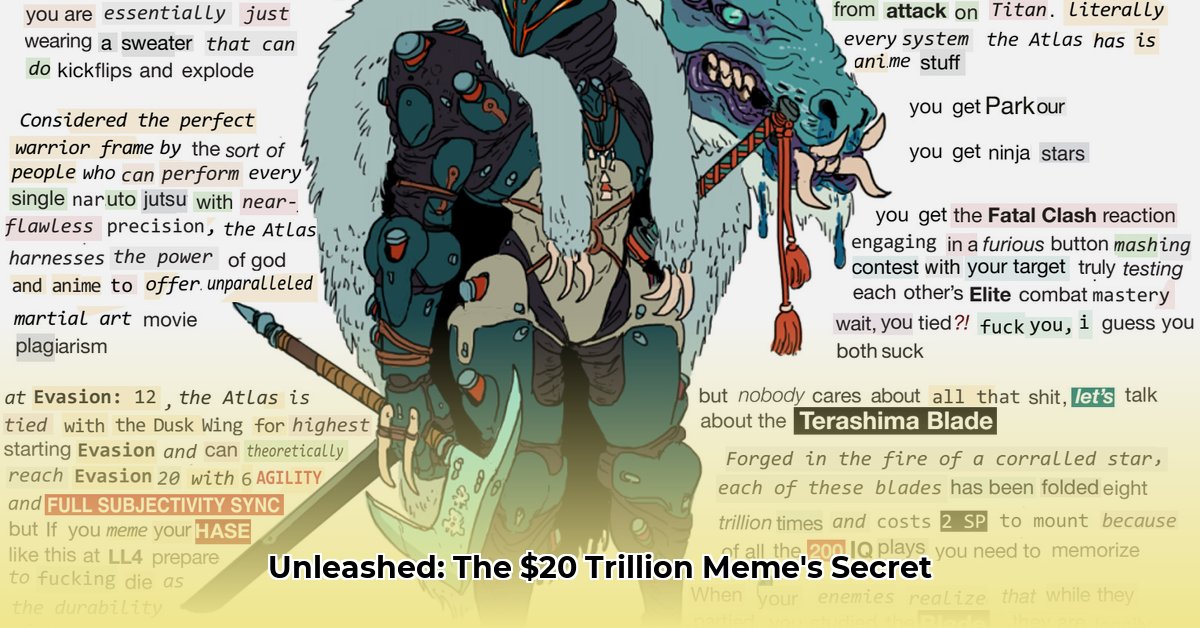
The Meme's Unexpected Journey
The internet is a breeding ground for unexpected viral phenomena, and the "Another 20 Trillion to Israel" meme is a prime example. Originating from a seemingly innocuous image—Patrick Star from SpongeBob SquarePants holding a basketball—the meme rapidly transformed into a potent symbol within online discussions surrounding US foreign aid to Israel. The juxtaposition of a lighthearted cartoon character with a provocative statement about substantial financial aid created a potent, albeit often inaccurate, commentary. This unexpected pairing allowed users to express complex political opinions in a way that circumvented direct confrontation, sparking engagement across diverse platforms. The meme's initial simplicity also fueled its adaptability. Users quickly began modifying the original image, adding their own spin and interpretations, thus creating a constantly evolving representation of the ongoing debate. For more on viral internet trends, check out this relevant analysis.
How Did It Spread Like Wildfire?
The meme's dissemination was remarkable in its speed and reach. It transcended individual platforms, appearing on Twitter (now X), Reddit, Facebook, Instagram, and countless other online spaces. The ease of creating variations using readily available meme generators played a crucial role in this spread. However, this accessibility is a double-edged sword. The simplicity of creation also meant a proliferation of versions lacking context or factual accuracy, potentially fueling misinformation and distorting the original message. The rapid spread, therefore, underscores both the meme's inherent appeal and the challenges of managing information accuracy within digital spaces. How did this simple image become such a potent symbol? What factors contributed to its rapid dissemination?
Deciphering the Message: What Does It All Mean?
The meme's power lies in its ambiguity. While most interpretations center on criticism of US aid to Israel, the lack of specific detail allows for a wide range of readings. Some see it as highlighting legitimate concerns about accountability and transparency in foreign aid, while others view it as a biased attack. This inherent ambiguity is crucial to its widespread appeal. It enables individuals of different political persuasions to engage with the meme, refracting it through their own perspectives. However, the use of the demonstrably false "20 trillion" figure raises serious concerns about misinformation and the potential for the meme to be used to distort facts for political purposes. What are the ethical implications of using demonstrably false figures in political meme-making?
A Mirror to Public Feelings?
The meme's viral nature reflects underlying public sentiment regarding US foreign policy and the Israeli-Palestinian conflict. The broad engagement with the meme suggests a significant level of public interest, and potentially frustration, with these complex geopolitical issues. The meme’s spread serves as an indicator of public opinion, highlighting anxieties and concerns surrounding a sensitive topic. The sheer volume of shares and comments indicates a significant level of interest in, and engagement with, the complex subject matter. How accurately does this meme reflect the overall public sentiment regarding U.S. foreign aid to Israel?
What's Next for the Meme—And Its Impact?
The “Another 20 Trillion to Israel” meme reveals the unpredictable nature of online trends and raises significant questions about online culture's role in shaping political discourse. The meme's impact will continue to be debated, analyzed, and studied in both academic and political spheres. Further research is required into the relationship between viral media and the influence of memes on political narratives. What will be the long-term impact of this meme on political discourse and online culture? How can we better understand and manage the spread of misinformation through memes and other online formats?
Dr. Anya Sharma, Professor of Media Studies, University of California, Berkeley, notes, "The meme's staying power suggests a deeper public engagement with concerns about US foreign policy and its impact, highlighting the need for increased transparency and accountability within the political process.”
The meme's enduring relevance underscores a crucial need to critically analyze online discourse and its influence on both public perception and policy decisions. The meme serves as a compelling case study for understanding future interactions between digital culture and broader societal narratives.